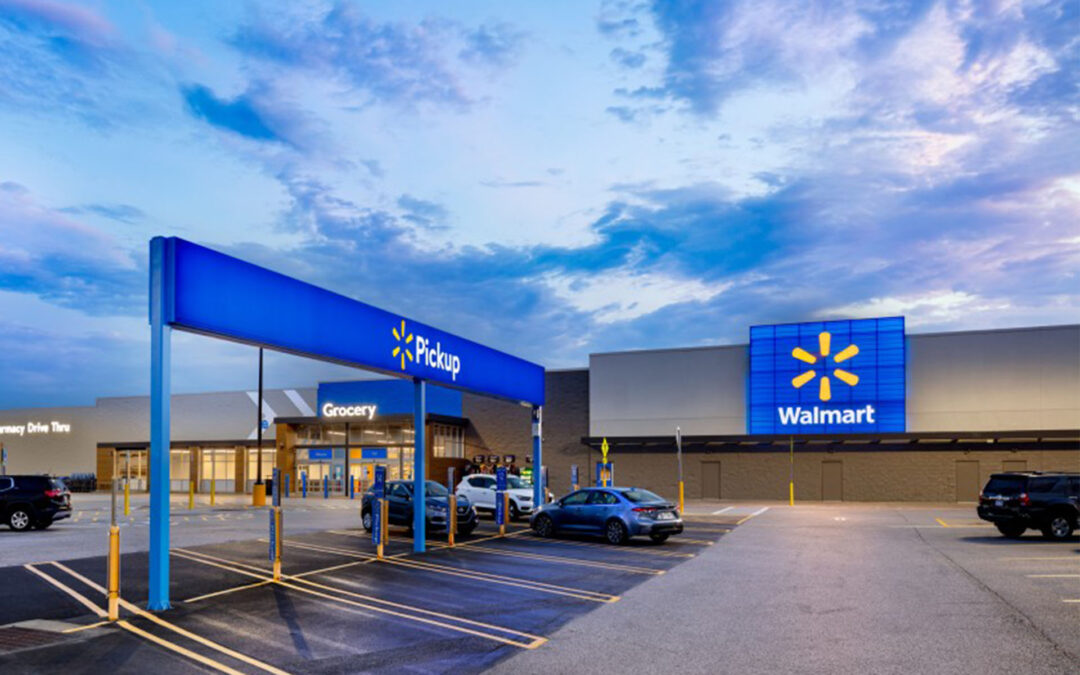The National Retail Federation cited stronger than expected first-half retail sales in explaining its upwardly revised forecast for sector growth in 2021.
A shift from the earlier “great uncertainty” that clouded the outlook for the economy in the United States to evidence of an unprecedented recovery from the COVID-19 pandemic dictated the forecast revision, NRF chief economist Jack Kleinhenz pointed out, adding that a steady rise in sales during the back half of 2021 should be a prosperous one.
Data for the first five months of the year showed U.S. retail sales tracking 17.6% above the 2020 period, indicating that growth would meet or exceed the initial forecast even if sales fell flat for the remainder of the year.
Kleinhenz stated that, in the revised forecast, NRF expects retail sales during 2021 to grow between 10.5% and 13.5% over 2020, to a range between $4.44 trillion and $4.56 trillion. The initial forecast released in February anticipated growth between 6.5% and 8.2% growth and a total between $4.33 trillion and $4.4 trillion.
Retail sales have grown year-over-year every month since June 2020, and the $388.6 billion in sales seen during May was the second-highest level on record, topped only by $414.7 billion during the height of the holiday season in December 2020. Gross domestic product already grew at an annual rate of 6.4% in the first quarter of this year. NRF now anticipates GDP for the full year to grow close to 7%. That would be the fastest growth since 7.2% in 1984 and far above the 4.4% to 5% forecast in February.
Personal consumption expenditures, which include goods and services, now look to grow by 7.5% year-over-year rather than 4.5%.
“It has become clear that the U.S. economy and retail sales are growing far faster and more steadily than anyone could have expected just a few months ago,” Kleinhenz pointed out. “We are seeing not just unprecedented growth from months of pent-up demand as the economy reopens but momentum as well.
“Our initial forecast was made when there was still great uncertainty about consumer spending, vaccine distribution, virus infection rates and additional fiscal stimulus. Since then, we have seen spending grow, vaccines have become available to virtually anyone who wants one, infections have fallen and additional stimulus in the form of the American Rescue Plan has been signed into law.”
Beyond direct payments to Americans, the stimulus includes tax credits and funding to local governments to address housing and other issues related to the COVID-19 pandemic.





